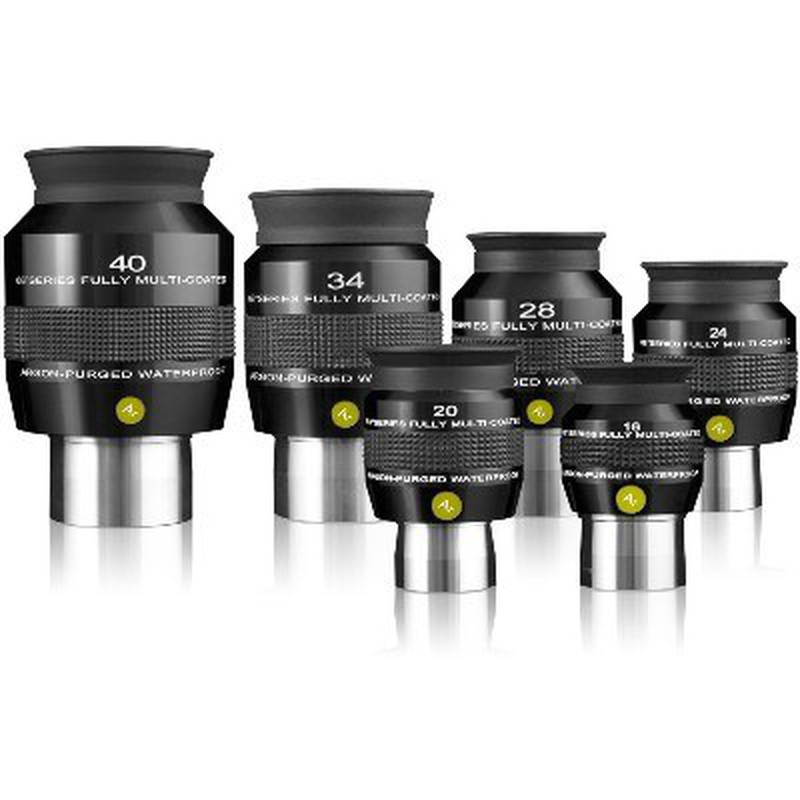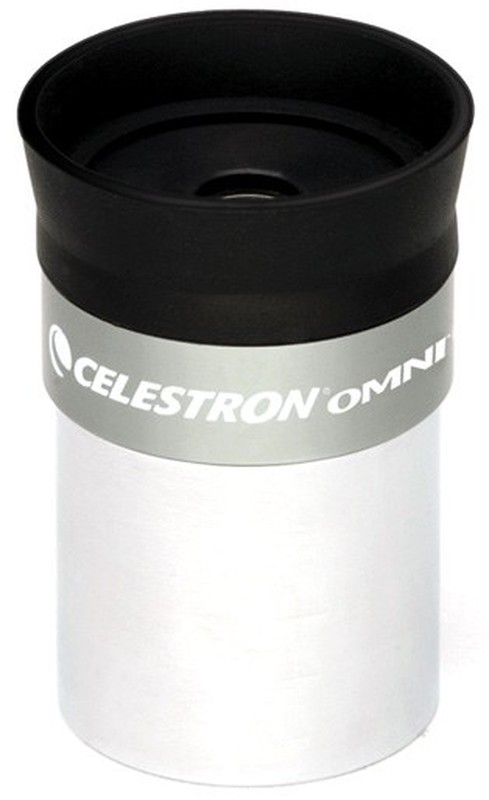Eyepieces to complete our telescope
What eyepieces can i get to improve my astronomical telescope?

Typically mid-range or initiation astronomical telescopes incorporate a pair of 9-10mm and 20mm series eyepieces. These eyepieces are of a low or standard range and are intended for the initiation of planetary, lunar and deep sky observation in telescopes intended for this use.
The relationship between the focal length of the telescope and the focal length of the eyepiece will give us the magnification of each of the eyepieces, as we have explained in other articles:
Observe planets and beyond
Observe the Moon
It is usual that shortly after using the telescope, we realize that we fall short with the eyepieces that it has. Either we want to see in more detail, or with more clarity or sharpness.
It is here when we need eyepieces with more quality, more field of vision or more magnification. For that we must be clear about the type of observation we want to make and obviously the possibilities of our telescope.
In low-end or initiation telescopes, to observe in detail, normally in planetary use we need eyepieces below 10mm. On the other hand, for deep sky and especially in reflecting telescopes, it is necessary to increase the focal length of the eyepiece, which also implies reducing the magnifications, but instead increasing the visual field and the luminosity in the observation.
In medium and high-end telescopes, with more advanced optical systems, such as the maksutov or scmidt-Cassegrain, this relationship is maintained but is no longer as direct as in previous models.
The type of eyepiece, the manufacturing system and the optical treatment, will determine the quality of the eyepiece and the observation. Our intention will be to obtain a vision as clear and contrasted as possible. With the original, initiation eyepieces, we have a very clear limitation in this regard and it is common to note that we will lack sharpness or contrast in the image.
For this objective we must jump to more advanced ranges of eyepieces. Leave the eyepieces of initiation and go to eyepieces with fields of vision greater than 60º and with optical treatments, for example in low dispersion (ED) or high definition.
The improvements in optical treatment translate into an improvement in contrast, luminosity and color definition beyond the center of the eyepiece, reaching the entire periphery or contour.
A greater angular field of vision translates into a more panoramic vision, until reaching a dome effect in those eyepieces above 100º.






Opinions of our clients
Receive our news